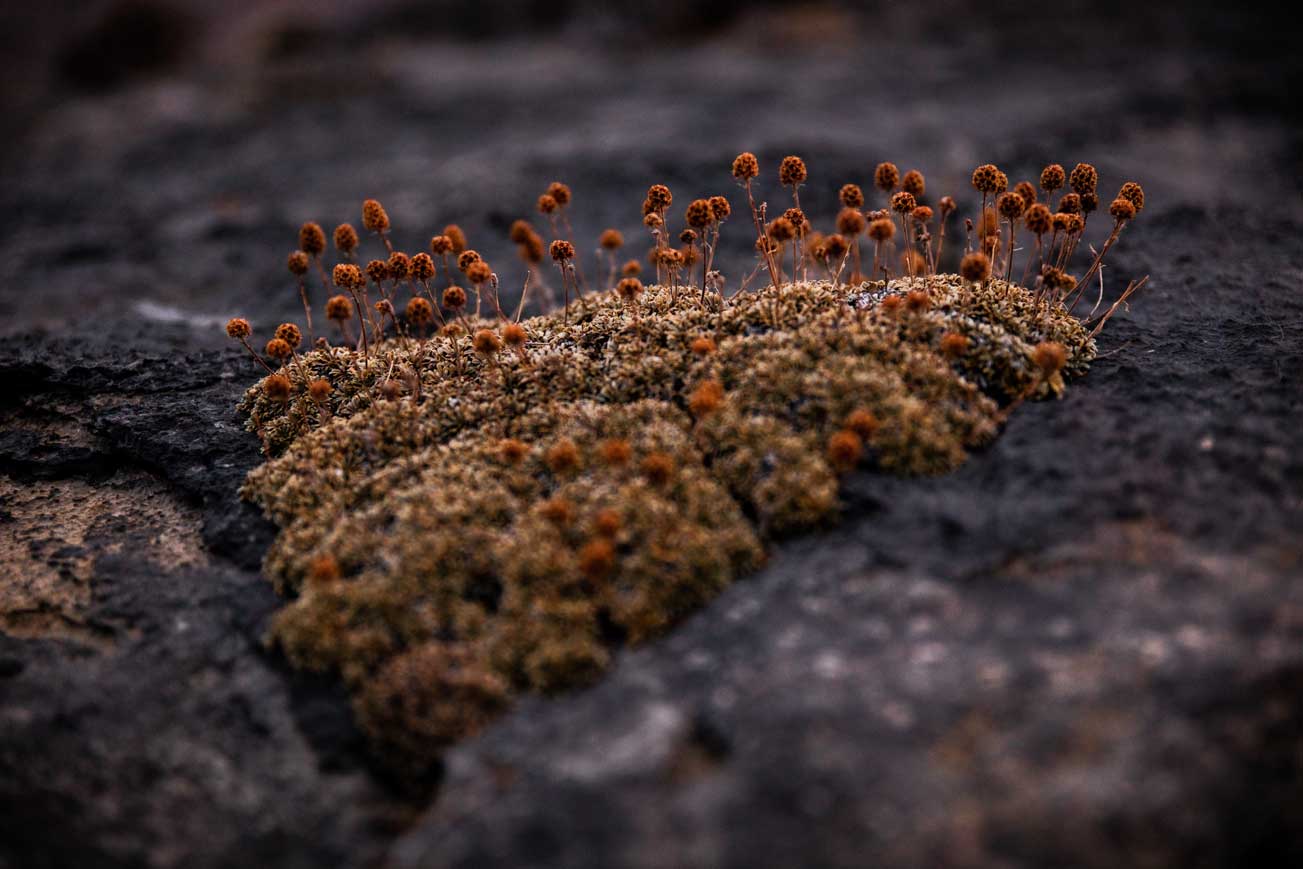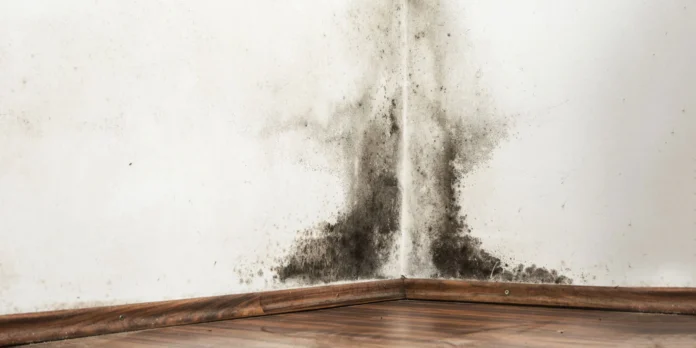Mold is a common household issue that can cause a lot of problems if left unchecked. While calling a professional to take care of mold is always an option, there are simple ways to check for mold on your own before reaching out for help. By being proactive and observant, you can catch mold growth early and prevent it from spreading throughout your home.
In this article, we will discuss some easy and effective ways to identify mold without having to rely on a professional mold inspector. By following these tips, you can keep your home healthy and mold-free.
Visual Inspection: How to Spot Mold in Your Home

Visual inspection is essential for spotting mold in your home before it becomes a larger problem. Start by checking common areas where mold tends to grow, such as bathrooms, kitchens, and basements. Look for visible signs of mold, such as black or green spots on walls, ceilings, or floors. Pay close attention to areas that are damp or have poor ventilation, as these are prime breeding grounds for mold growth.
Use a flashlight to check dark corners, behind furniture, and under sinks where mold can hide. Keep an eye out for musty odors, water stains, or peeling paint, as these can also indicate the presence of mold. If you notice any issues, take action promptly to prevent further spread and potential health risks for you and your family.
DIY Mold Testing: Simple Methods to Check for Mold

If you suspect mold in your home, DIY mold testing can be a simple way to check for its presence before calling in a professional. There are a few methods you can try to test for mold on your own. One easy option is to purchase a DIY mold testing kit, which typically includes a mold sampling cassette, swab, or tape that you can use to collect samples from suspected moldy areas.
Another method is to simply visually inspect your home for signs of mold, such as black spots or patches, musty odors, or water damage. You can also use a simple home remedy like a vinegar solution to help identify mold in hard-to-reach areas. By conducting your own mold testing, you can save time and money before deciding if professional intervention is necessary.
Using Your Senses: How to Detect Mold with Sight, Smell, and Touch

When it comes to detecting mold in your home, your senses can be powerful tools. By using your sight, smell, and touch, you can identify potential mold growth without having to call in a professional. Keep an eye out for any visible signs of mold, such as black or green spots on walls or ceilings. Additionally, pay attention to any musty or earthy odors that may indicate the presence of mold.
Finally, dont hesitate to physically inspect areas where mold is likely to grow, such as damp and dark corners of your home. By utilizing your senses effectively, you can take proactive steps to address mold issues before they become more serious.
Conclusion
In conclusion, knowing how to check for mold without calling a professional can save time and money while also safeguarding your home and health. By following the simple steps outlined in this article, homeowners can easily identify and address mold issues early on. While DIY methods can be effective for surface mold, it is still recommended to consult a mold assessment professional for a thorough inspection and remediation plan, particularly for severe or hidden mold problems. By being proactive and vigilant in monitoring for mold, homeowners can ensure a safe and healthy living environment for themselves and their families.




